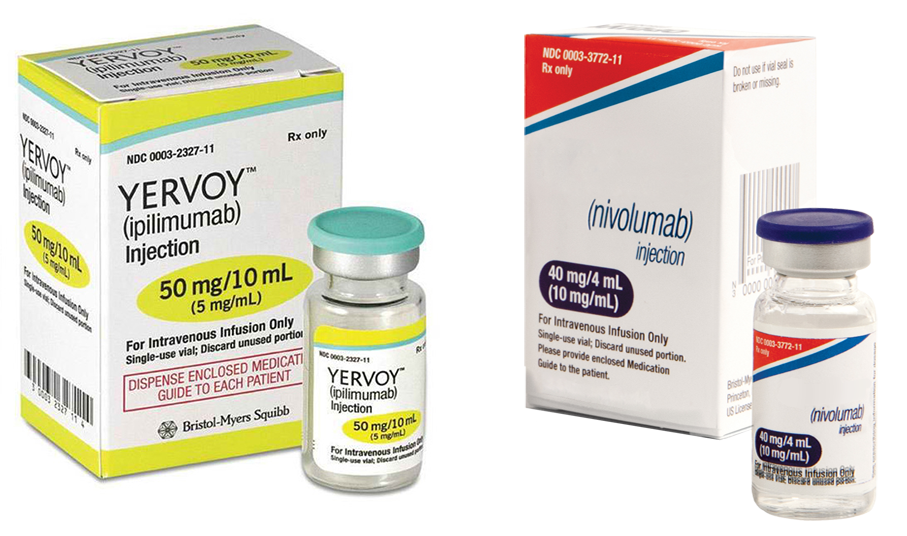 Phase 1/2 Study of Safety/Efficacy Using Trabectedin, Ipilimumab, and Nivolumab as First-Line Treatment of Advanced Soft Tissue Sarcoma (STS).
Phase 1/2 Study of Safety/Efficacy Using Trabectedin, Ipilimumab, and Nivolumab as First-Line Treatment of Advanced Soft Tissue Sarcoma (STS).Sub-category:Special Populations
Category: Combination Studies
Meeting: 2018 ASCO-SITC Clinical Immuno-Oncology Symposium
Abstract No: TPS46
Poster Board Number: Trials in Progress Poster Session B (Board #M10)
Citation: J Clin Oncol 36, 2018 (suppl 5S; abstr TPS46)
Author(s): Erlinda Maria Gordon, Victoria S. Chua-Alcala, Katherine Kim, William W. Tseng, Doris M Quon, Sant P Chawla; Sarcoma Oncology Center, Santa Monica, CA; Department of Surgery, Section of Surgical Oncology, Keck School of Medicine, University of Southern California, Los Angeles, CA; Cancer Center of Southern California, Santa Monica, CA
Abstract Disclosures
Abstract:
Background:
Sarcoma cells are most immunogenic at the onset of cancer when the immune system can recognize and destroy them. Hence, immune checkpoint inhibitors would be most effective when given as first line therapy.
Objectives: (1) To investigate the maximum tolerated dose of trabectedin, an alkylating agent, when given sequentially with ipilimumab, a CTLA4 inhibitor, and nivolumab, a PD-1 inhibitor, in advanced STS, (2) To investigate the objective response rate (ORR), progression free survival (PFS) and overall survival (OS) , and (3) To correlate PFS with PD-L1 and other biomarker expression in patients’ tumors.
Methods: Forty patients -18 years of age with advanced STS will be enrolled. This is a phase 1/2 study using a defined dose of ipilimumab (1 mg/kg i.v. q 12 weeks), nivolumab (3 mg/kg i.v. q 2 weeks), and escalating doses of trabectedin (1.0, 1.3, 1.5 mg/m2 i.v. q 3 weeks).
I. Dose Escalation Phase 1 (previously treated patients): The study will employ the standard “cohort of three” design. The maximum tolerated dose is defined as the highest safely tolerated dose, where not more than one patient experienced DLT, with the next higher dose level having at least two patients who experienced DLT.
II. Expansion Phase 2 (previously untreated patients): An additional 22-28 patients will receive trabectedin at the MTD and defined doses of ipilimumab and nivolumab to assess overall safety and potential efficacy in a greater number of patients. Patients may continue treatment until significant disease progression or unacceptable toxicity occurs.
The analyses of all study objectives will be descriptive and hypothesis generating, for Planning Phase 2/3 studies.
